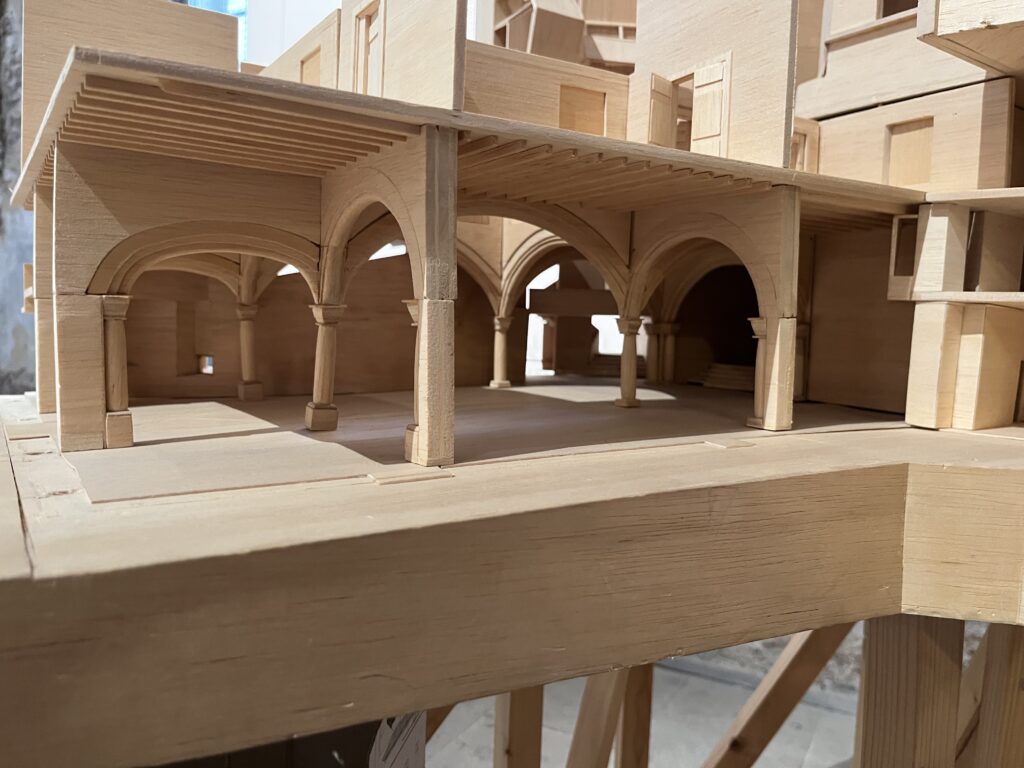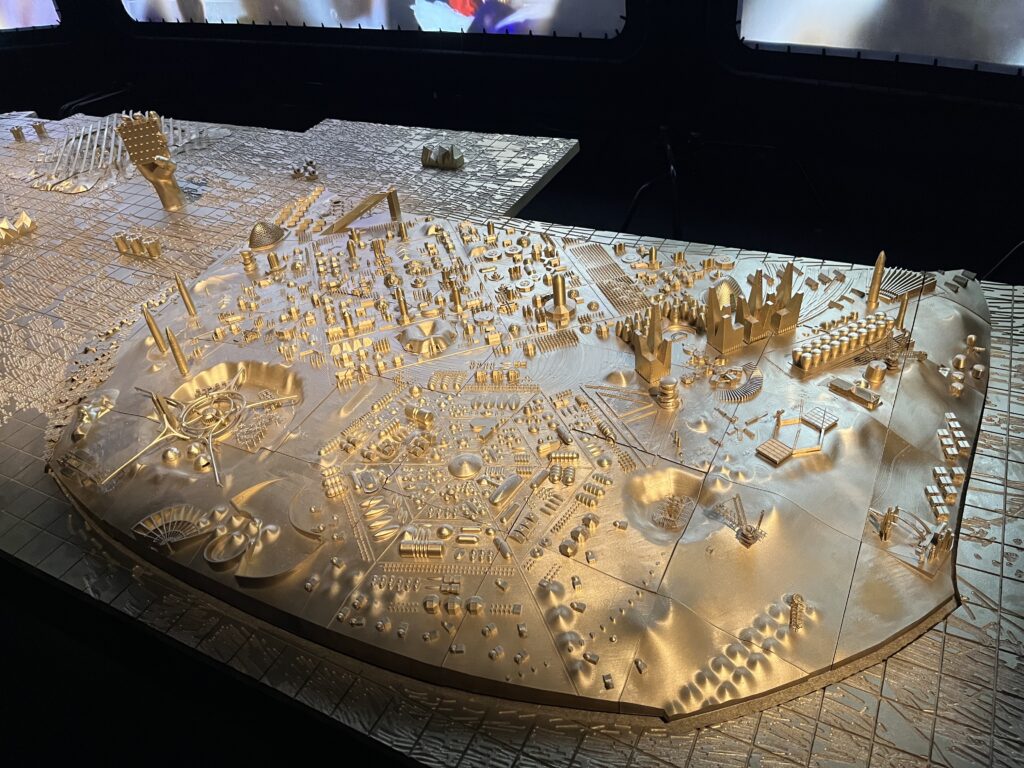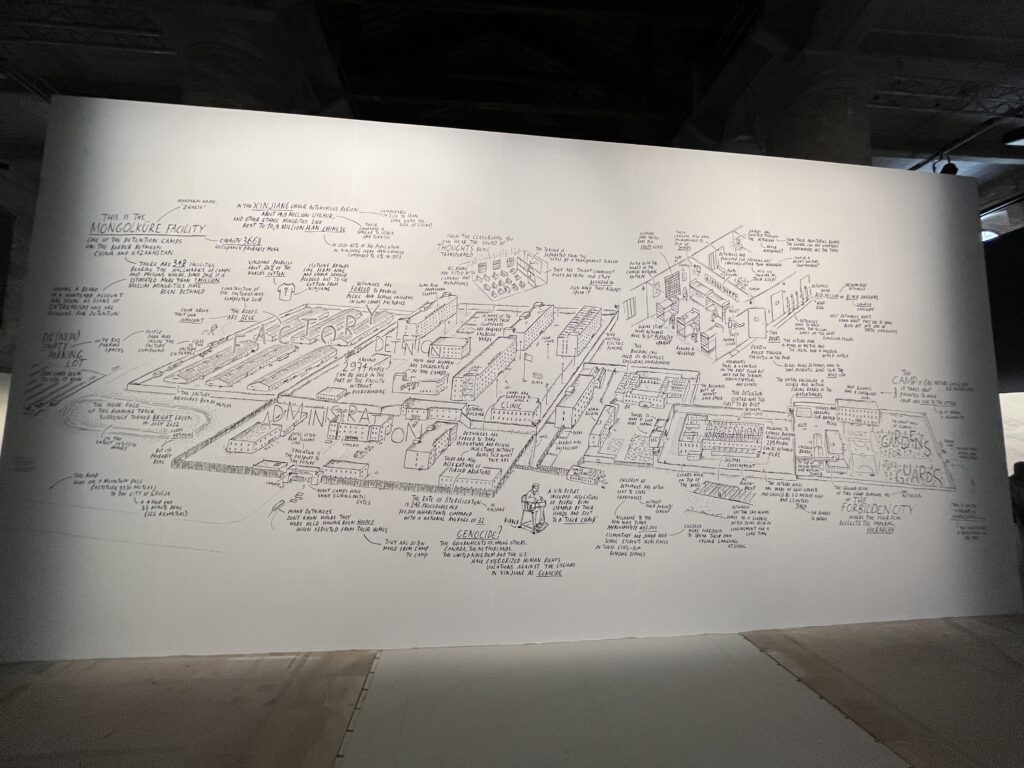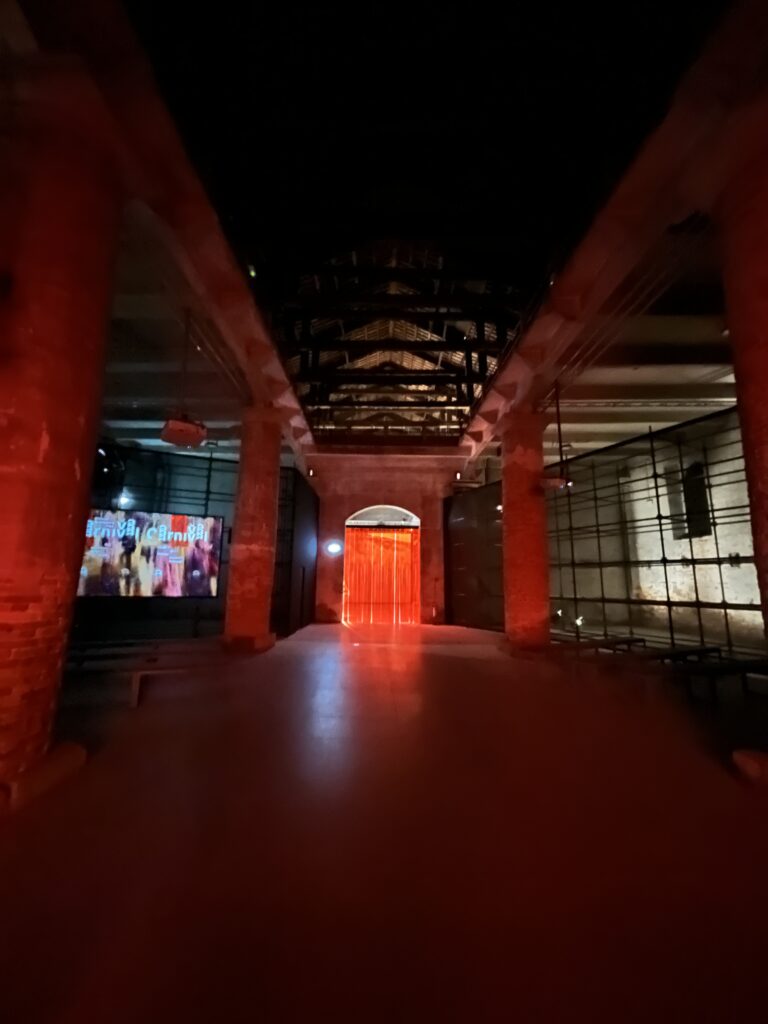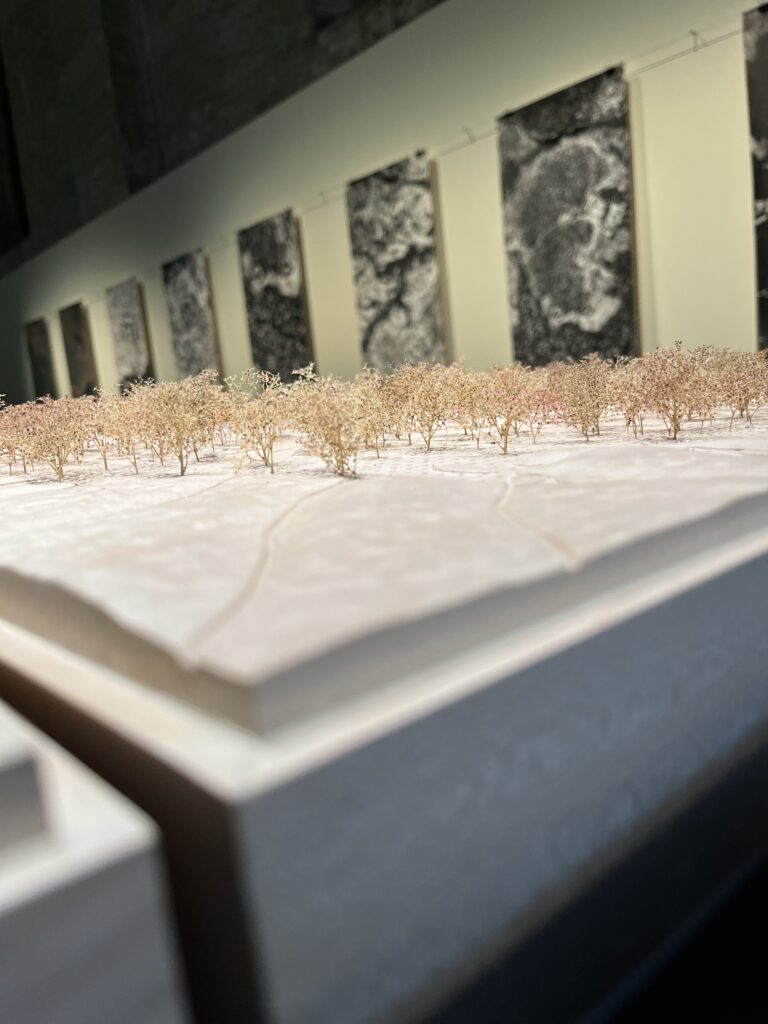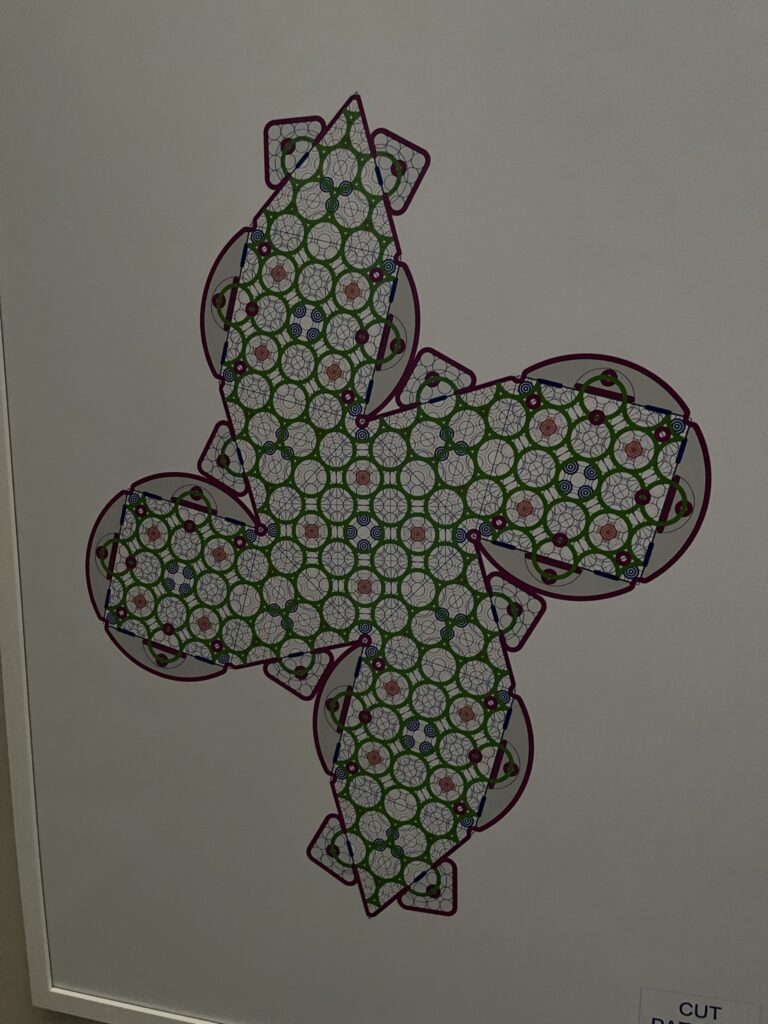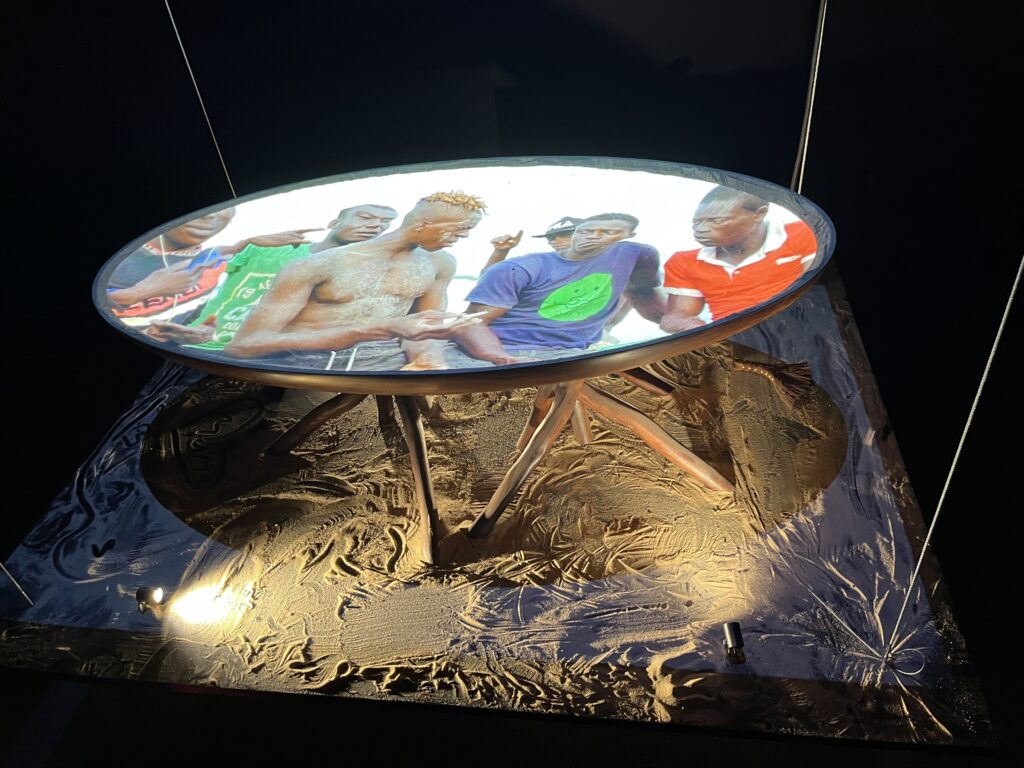
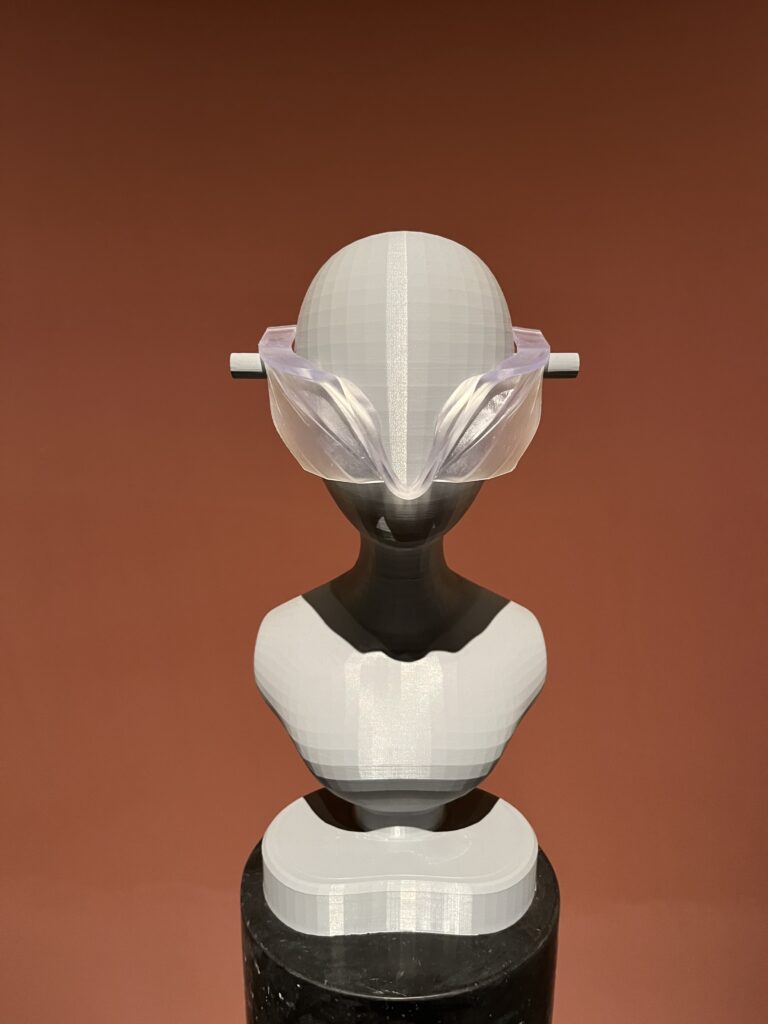
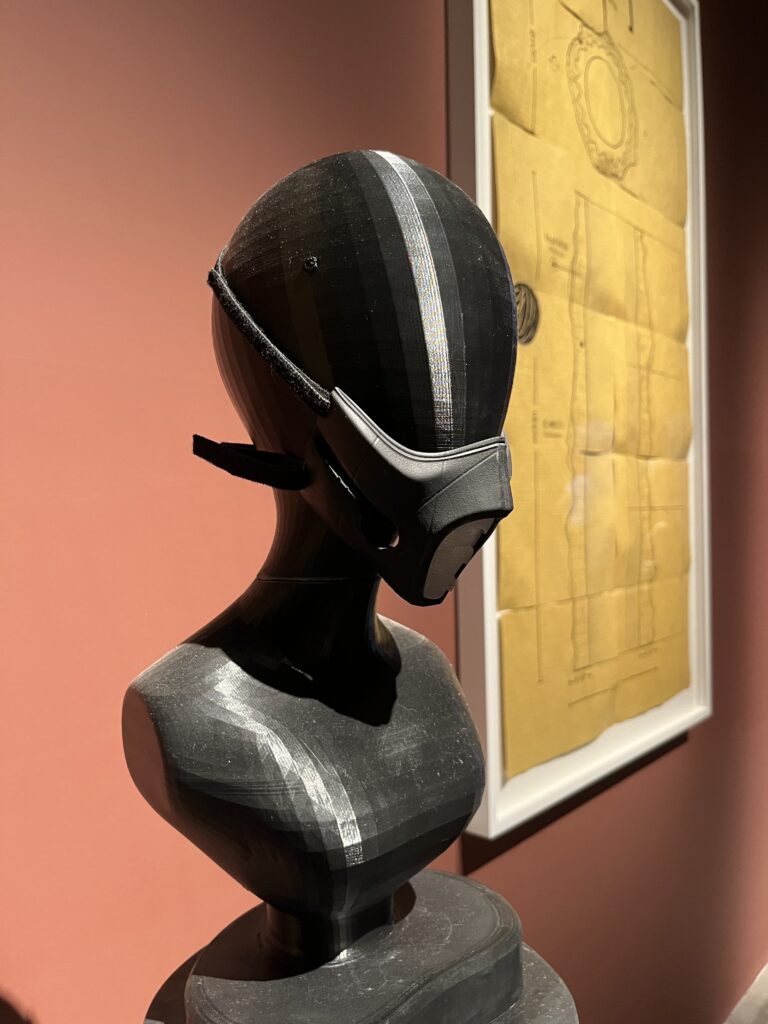
Last week, I had the incredible opportunity to visit the Venice Biennale, one of the world’s oldest and most prestigious international art exhibitions. This year’s edition focused on architecture, following the biannual calendar that alternates between art and architecture. The curator’s central theme was the “laboratory of the future,” which aimed to explore innovative ideas and concepts shaping the future of architecture. Upon entering the exhibition, the main showcases featured artworks created using 3D printing technology and videos displayed on various architectural forms. These pieces provided a glimpse into the potential of 3D printing in architecture, on display were sculptures crafted using 3D printed clay. It was interesting to see what these machines can really do, showcasing the possibilities that lie ahead for architectural design. Moving further into the exhibition, I entered an open area with photographs on the walls. To the right as you walk in, there was a display of 3D-printed glasses and a mask. On the opposite wall of this sculpture, a thought-provoking image portrayed a sculpture constructed entirely from trash collected in Rome and placed inside the Pantheon. This made you contemplate about the relationship between architecture, waste, and sustainability. It connected the potential for recycling and repurposing materials in architectural endeavors as they do very often in Rome. Next, I entered a room that had a media installation in its center. The installation depicted a futuristic landscape featuring a city on one side and barren land on the other, populated with machinery and other objects. It aimed to create a sense of urgency and raise awareness about the potential consequences of unchecked climate change. While the message was impactful, I found it hard to make a strong connection to the central theme of the curator’s vision, as it leaned more towards climate change activism rather than architectural exploration. Continuing through the exhibition, I encountered additional artworks and architectural displays. On the left side of this room, there was a floating bead arrangement accompanied by a projector projecting phrases in multiple languages. I was lost with this piece the only thing I could piece together from this was seeing how multiple cultures overlap and interweave together to make something bigger and better combining the best parts of each culture. Entering the next room, I was greeted by an array of captivating art and miniature architectural models. These models presented futuristic concepts for buildings across Africa, emphasizing sustainable farming techniques tailored to diverse environmental conditions. It was cool to witness the combination of innovative design and environmental consciousness, seeing the potential for architecture to address pressing global challenges. Just before transitioning into the next section of the Biennale, a mural caught my eye. Depicting an aerial view of Xinjiang’s network of detention camps, it provided detailed descriptions of each building and courtyard, shedding light on their purpose. This powerful artwork aimed to raise awareness of the Chinese government’s use of these facilities, primarily for detaining Muslims. It served as a reminder of the social and political confines that architecture can encompass. Walking into the next section of the biennale was an eye opening experience. The doors stood out compared to the rest of the exhibition, the doors in this section were red while all the other doors were black doors in the venue. Symbolically, they seemed to represent the blood on our hands for the harm we have caused to the Earth. Stepping through these red doors, I found myself in a dimly lit room. Two projectors on either sides of the walls, this room was projecting with it’s set up and darkness but there was just enough light in the room to make it seem like the whole room was red indicating a blood stain on us. Even though there wasn’t much going on in the room I found it a pivotal point in the curators vision. It acted as a bridge, connecting the previous room with the upcoming one. The continuation of the red plastic doors on the opposite side created a sense of visual symmetry, reinforcing the message of the exhibition. The significance of this room was to draw attention to the urgent need for change.As I moved forward, the next room followed more of the architectural theme. The room was covered In a collection of crafted small-scale models of houses and different buildings offering a glimpse into the future of international architecture. Some of these models appeared so lifelike it was mind blowing how they constructed some of these models. The level of skill and attention to detail in these pieces was mind blowing, showing me that it was a true talent and skill to pull something like that off. I really liked what the curator did with this section. I’ve never really seen anything like that. The next part of the exhibition housed a large metal sculpture that captured the interconnectedness of all concepts in the world through various shapes and how they were connected. This piece served as a powerful reminder that we are pieces within a much larger world. Its was a reflection of our place in the grand scheme of things, pointing out how our interconnectedness is necessary for our survival just as the structure had to have certain pieces to hold it up. The curator’s selection for this room was very eye-catching for me, showing me how everything is connected and needs each other in this world and every layer leads to something bigger and bigger. On the right side of the room, there was an array of miniature models representing future housing designs. These models showcased innovative and efficient approaches to accommodate a growing population within limited spaces. Each design demonstrated a unique solution to maximize the use of smaller areas, ensuring that people can live comfortably and sustainably. These mini models were really so fascinating to me seeing how much detail and planning really goes into the concatenation of these tiny buildings. Overall, the progression through these interconnected rooms at the biennale was a journey. I think the curator did an excellent job putting together this year’s exhibition and I had an amazing time at the Venice biennale this year.
